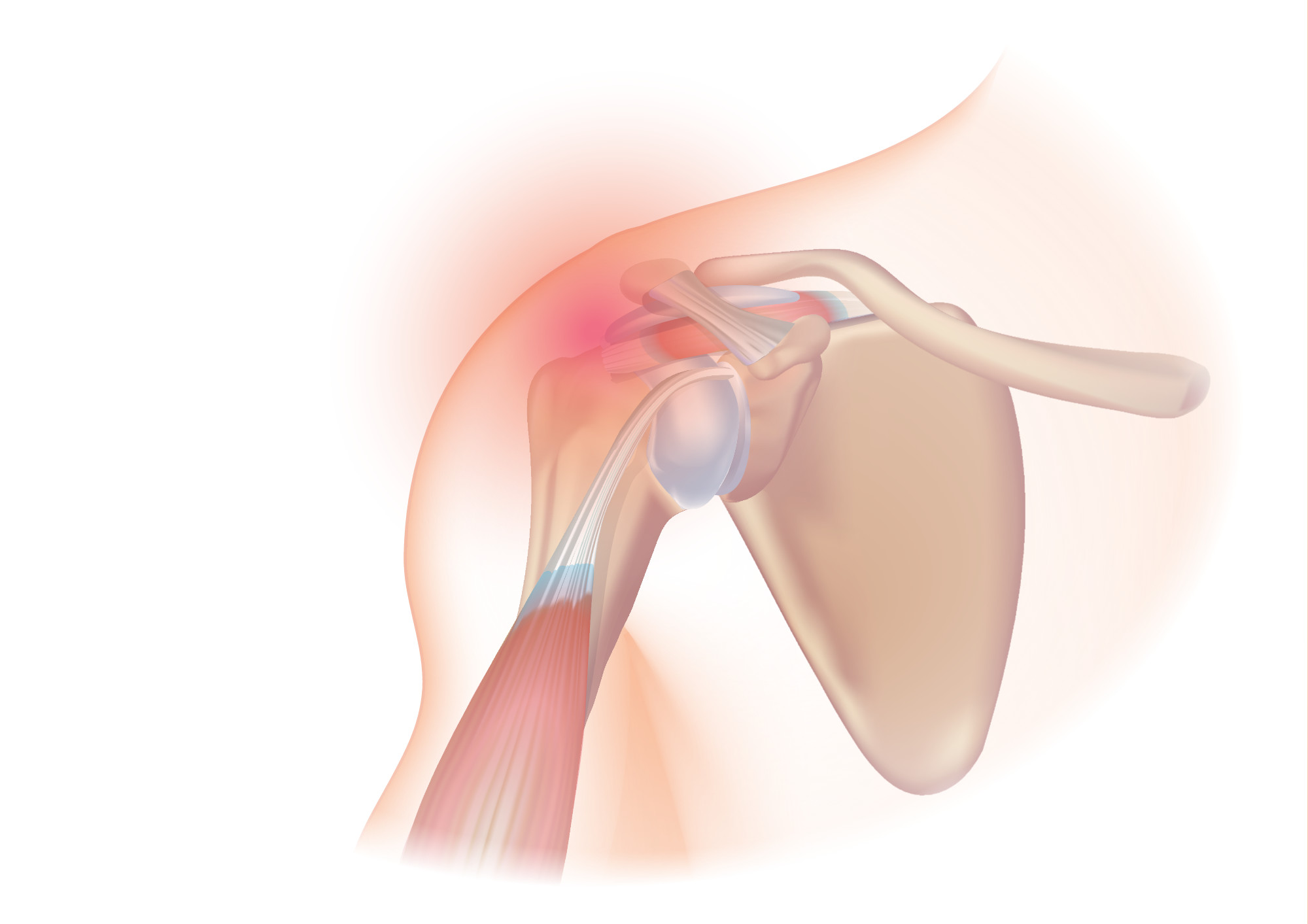Treatment of myofascial trigger points in patients with chronic shoulder pain
Posted on 21st February 2014 by Adam Carter

Introduction:
It is estimated that shoulder pain is the second most reported industry and work related injury or impairment just behind low back pain. In the United States alone, the one year prevalence of shoulder pain is estimated to be 20-50%. Much of this reported shoulder pain can be attributed to the likes of myofascial trigger points. These trigger points can produce symptoms similar to other shoulder impairments which can lead to misdiagnosis and mistreatment. Many treatments continue to be used to address shoulder pain resulting from myofascial trigger points. This article addresses the effectiveness of manual therapy in the treatment of patients with chronic shoulder pain secondary to myofascial trigger points.
Bron C, De gast A, Dommerholt J, Stegenga B, et al. Treatment of myofascial trigger points in patients with chronic shoulder pain: a randomized, controlled trial. BMC Med. 2011;9(1):8.
What did the article look at?
The purpose of this single-blinded, randomized study was to assess the effectiveness of a typical, comprehensive treatment program compared with a wait-and-see approach in treating patients with chronic shoulder pain secondary to myofascial trigger points. 72 patients were randomly assigned into two groups. In order to be eligible for the study, patients had to: be between 18 and 65 years of age, have a clinical presentation that did not warrant referral for further screening, and chronic shoulder pain. Patients were excluded from the study if they had been previously diagnosed with shoulder instability, shoulder fractures, systemic disease, Reiter’s syndrome, or diabetes. The 37 patients in the comprehensive treatment group received physical therapy once a week for maximum of 12 weeks. The treatment began with inactivation of active MTrPs with compression, deep stroking or strumming, followed by stretching using the “hold-relax” technique, then application of ice. Treatment was discontinued when the patient was symptom free of when the Physical Therapist decided that treatment would not further benefit the patient. The 35 patients in the wait-and-see group were put on a waiting list and informed that they would received the comprehensive physical therapy in three months. While waiting for treatment, each patient was instructed not to change their self-management techniques.
How did they measure outcomes?
Each patient in the study was measured at baseline, after six weeks, and 12 weeks of treatment. The primary outcome measure used was the DASH, (Disabilities of Arm, Shoulder, and Hand) which is a 100-point questionnaire measuring disability of the upper extremity. The secondary outcome measures were: the visual analog pain scale, the global perceived effect, measurement of upper extremity passive range of motion for flexion, external rotation, cross-body adduction, internal rotations, and abduction, and, the total number of MTrPs.
What were the results?
After 12 weeks the study found that patients in the comprehensive treatment group had better outcomes when compared to the wait-and-see group. The article shows that 55% of the patients in the comprehensive treatment group showed clinically relevant improvements in the total number of active MTrPs, with the number significantly decreased. The outcomes measures that demonstrated the greatest improvement with patients in the treatment group were: the visual analog pain scale, and the global perceived effect.
Were there any limitations?
I felt the study was very interesting. There are few times; in my clinical experience, where I have seen physical therapists specifically address myofascial trigger points. However, there were some significant limitations within the study that I had noticed. The first limitation I had noticed was the choice of comparing treatment to “wait-and-see” or “non-treatment”. I feel that it would have been more beneficial if they had compared comprehensive treatment to another treatment that is commonly used, such as ultrasound, or therapeutic exercise. Secondly, I felt that the follow up results were too short of a time frame. Seeing as how all patients had chronic symptoms, it would have been beneficial to see follow up outcome measures at 6 months or even 12 months.
What is my preference for treatment?
When comparing the results of the study and incorporating my clinical experience as a physical therapy student, I would use comprehensive, manual therapy treatment when treating patients with chronic shoulder pain secondary to myofascial trigger points. However, I believe this article demonstrates the need of continued research to determine the effectiveness of manual therapy techniques in treating chronic shoulder pain when compared to other forms of non-surgical treatment.
Reference:
Bron C, De gast A, Dommerholt J, Stegenga B, et al. Treatment of myofascial trigger points in patients with chronic shoulder pain: a randomized, controlled trial. BMC Med. 2011;9(1):8.




No Comments on Treatment of myofascial trigger points in patients with chronic shoulder pain